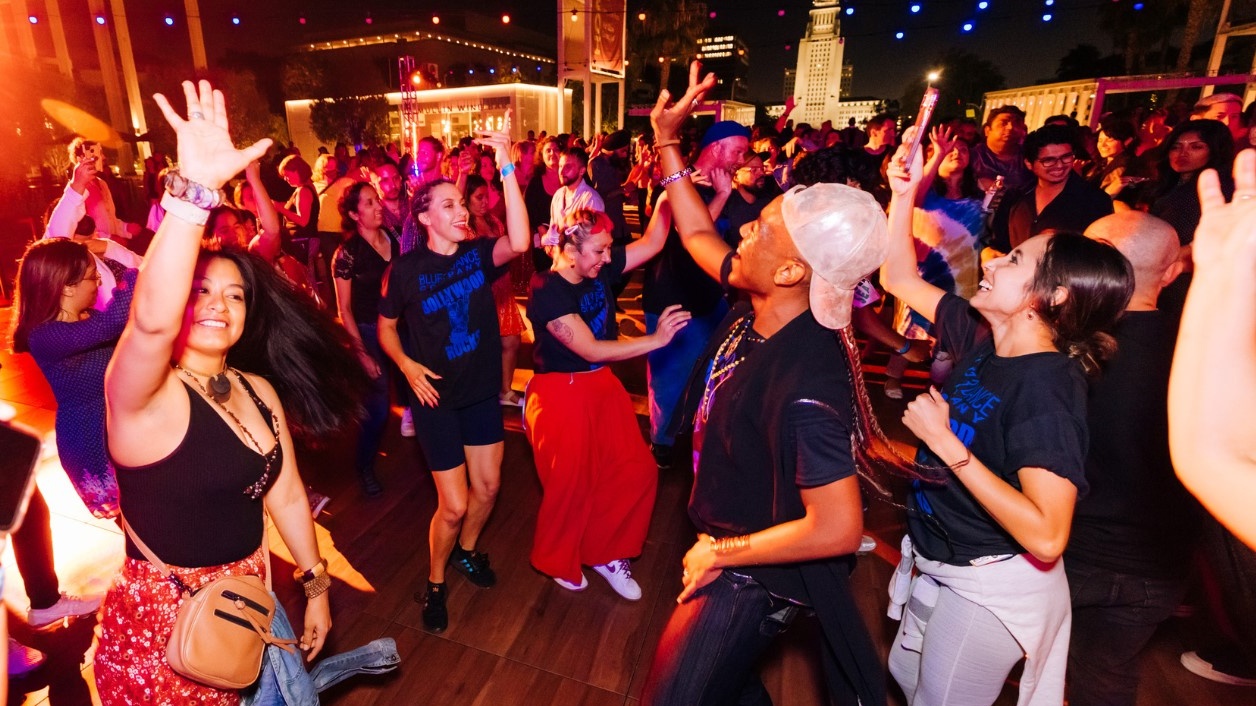Firework-related injuries and deaths spiked during the pandemic, according to a June 2021 report from the Consumer Product Safety Commission.
The report estimated 15,600 injuries in 2020, an escalation of a years-long trend that has seen an increase of about 202 injuries per year since 2005.
“It is possible that the cessation of public firework displays during the COVID-19 pandemic of 2020 spurred consumers to try out displays on their own, resulting in an approximately 50% increase in fireworks injuries,” the report’s authors wrote.
While the reopening of many states might mean more public fireworks displays than last year, the emergence of the delta variant and plateaued vaccination rates might keep many Americans at home again.
Get top local stories in Southern California delivered to you every morning. Sign up for NBC LA's News Headlines newsletter.
Wherever you are celebrating, here are some firework safety tips and information on how to keep your Fourth of July celebrations disaster-free.
How can I protect myself?
According to the National Safety Council, fireworks should be used away from people, houses and flammable material, and never lit in a container or indoors. When using fireworks, the council advises lighting one device at a time and keeping a safe distance afterwards.
The Scene
Want to find new things to do in Los Angeles? The Scene's lifestyle stories have you covered. Here's your go-to source on where the fun is across SoCal and for the weekend.
Lit fireworks should not be held by anyone or pointed or thrown at another person. If the firework malfunctions, do not attempt to re-light.
For those who do light fireworks, the NSC recommends keeping a bucket of water nearby to fully extinguish fireworks and soaking used fireworks in water before discarding.
What about sparklers?
Sparklers account for over a third of firework-related emergency room visits and can burn as hot as 1,200 degrees Fahrenheit, according to the National Fire Protection Association. Instead, the association recommends using glow sticks, silly string or noisemakers.
Bay Area officials recently warned that a sparkler in dry grass could take just 30 to 60 seconds before igniting into a blaze that is no longer controllable by a garden hose.
Where are fireworks legal?
While Massachusetts is the only state where all consumer fireworks are banned, you can still catch a professional display in the Bay State, according to Reader’s Digest. Connecticut, Illinois and New Jersey have strict laws on fireworks, permitting only snakes, sparklers and party-poppers. California has a patchwork of laws, with some "safe and sane" labeled fireworks permitted in parts of the state while illegal in others.
Meanwhile, Florida, Pennsylvania and Texas have much more lenient laws allowing for ground-based or handheld fireworks that emit a shower of sparks upon burning.
As a record heat wave sweeps the Northwest, with temperatures as high as 116 F in some cities, fire officials have issued a ban on all fireworks in Portland, Oregon.
Do fireworks cause fires?
According to the National Safety Council, fireworks start an average of 18,500 fires each year. With warm temperatures across the country projected for this weekend, and continued heat and dry patterns in the Northwest, the National Weather Service in Seattle said an “elevated fire danger” remains for parts of Western Washington.
2021 has already seen a 10-year high in wildfires, according to the Weather Channel, with peak fire season — July and August — just now arriving. In Utah, officials are also urging residents to ditch fireworks this year, with Salt Lake City Mayor Erin Mendenhall saying they aren’t worth the risk.



